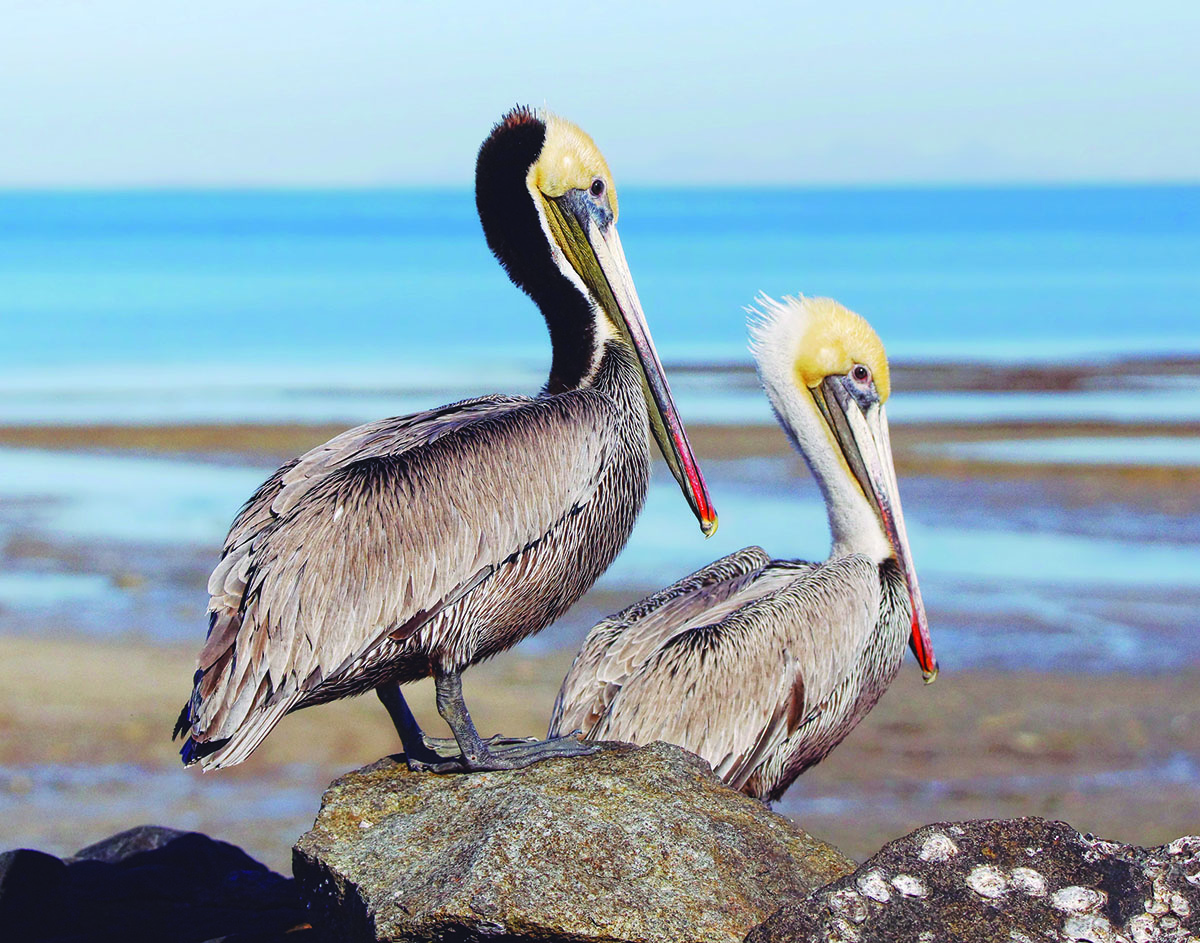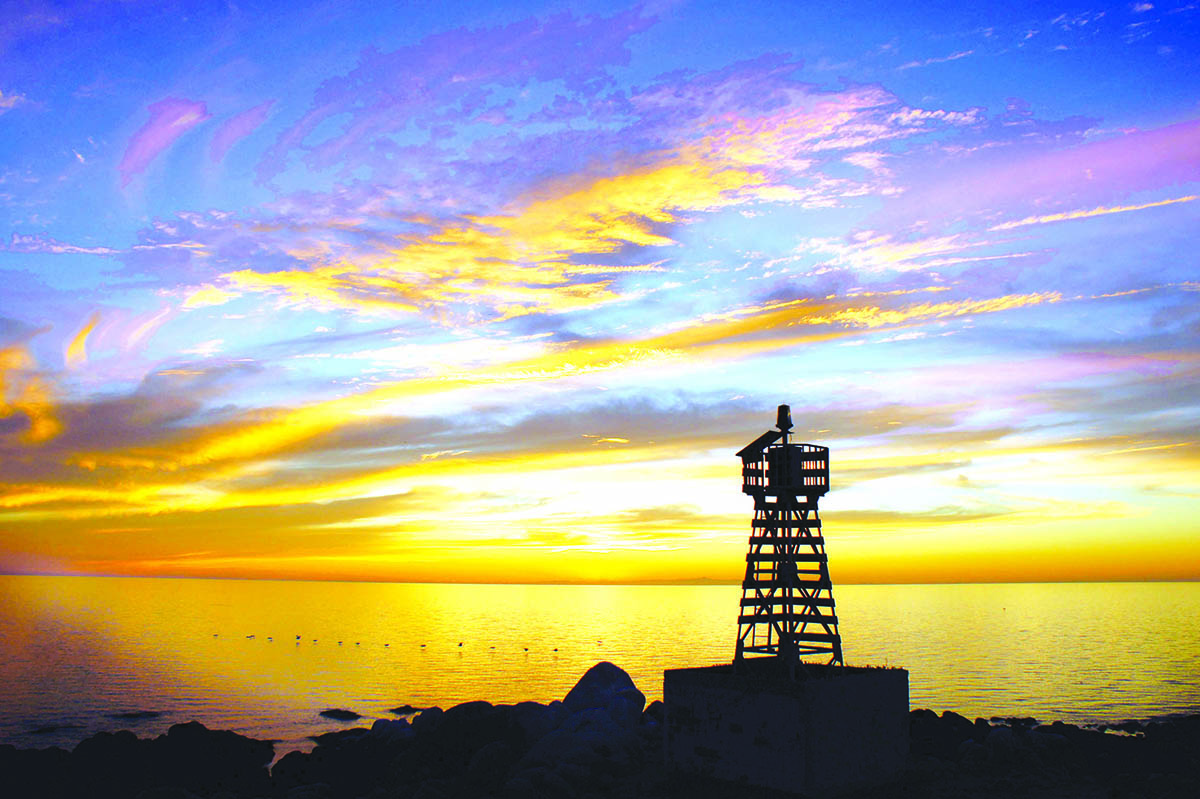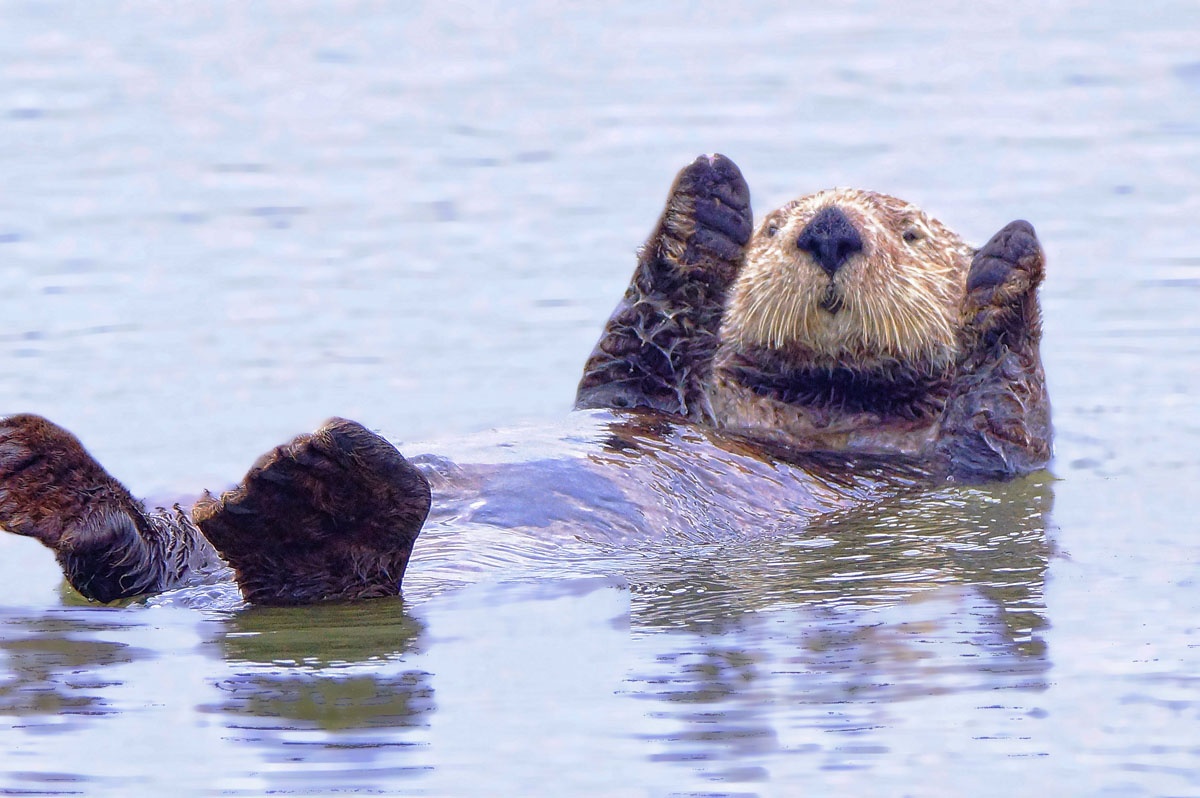Yes, Yes, Yes! They really do get this close! The humpback whales have returned to the waters of Rocky Point! Each January and February one of the greatest wildlife migration events in the world occurs right here in the Sea of Cortez. What is even more wonderful is the magnificent giant sea mammals desire to travel to the most northern point of the Baja Peninsula, Puerto Peñasco, Sonora Mexico. That’s correct; their target is us!
The humpback whale is part of the Baleen whale family, that is, whales that filter their food through baleens. Baleens are a series of 2 to 3 foot long partitions that line the mouth of a whale. There are 300 to 400 baleens to each humpback whale. Their minute separations allow small krill, plankton and the tiniest of fish to filter through to their digestive system. Other whales in the baleen family include the Blue, Minke, Fin and Sei whales. They do not have teeth.
The humpback whale derives its name from the prominent hump in its back that is easily observed upon coming up for a breath of air on the surface of the sea. Humpbacks have two quite distinct behaviors that separate themselves from every other whale in the sea. First, they are the most active breeching whale and second, they are the most vocal whale in the world.
Humpbacks frequently breech completely out of the water as well as dozens and dozens of daily body lunges and tail slaps. They are the whale featured in the “Pacific Life Insurance” television ads shown leaping out of the ocean waters with beauty and grace.
While in the shallow waters of Rocky Point, the humpback whales do not breech as much as they do in deeper waters. Since they can easily range in size to 40 to 70 feet long they typically need 100 foot depths to build up enough speed to breech the surface with a fair amount of height. Let me assure you though, there has been plenty of lucky on-lookers that have seen humpbacks breech within 1 mile of the shorelines surrounding us, including myself. This is something that should be on your bucket list if you are a periodic visitor of Rocky Point. The sight will make your heart stop for a moment and then begin to pound away. What could be a better way to experience an exhilarating moment on this earth?
The second distinct behavior is the humpbacks insatiable impulse to sing. Yes, that’s right; they are the mighty crooners of the sea. Humpbacks have been known to sing the same song over and over, lasting 20 minutes of nonstop singing and then repeating this musical event up to 24 hours a day. Humpbacks that swim the Sea of Cortez have the same distinct song that is unique to themselves. Likewise, humpbacks from other parts of the world share similar distinct songs that are only unique to them.
Humpbacks do not have vocal cords. They make their bellowing sounds by squeezing air through their nasal cavities in a reverberating style. The fluctuations in their songs have been recorded by scientists and proven to be a melody that is consistent day in and day out displaying that they truly know what they are creating with their musical score. If you are fortunate to be able sleep on the edge of the sea, leave your door open one night in the winter and you will hear the majestic humpbacks singing to each other for the delight of all to take in from miles away.
Like most sea mammals, humpback whales are highly intelligent. They form the highest bonds of family and survival skills that can match any creature in the oceans. Unfortunately they do have predators. Killer whales and an occasional white shark will attack the younger calves. However, the biggest predator is mankind. Humpbacks were nearly extinct from the face of the earth in the late 1950’s and early 1960’s until in 1966 when the preservation of humpbacks were introduced to most countries around the world.
The Japanese government declined to obey the humpback whale laws of the sea and they continue to slaughter this beautiful, magnificent, giant sea mammal. I urge you to join in the fight for salvation of the whales and dolphins of the world. When is enough slaughter of wildlife in this world enough? When will man learn that preservation of life must begin with wildlife in order for preservation of human life to sustain itself?
Do yourself a favor. Go see a whale this winter. There is plenty of sightseeing whale tours that you can charter in Rocky Point. Or, sit on the balcony of El Capitan Restaurant with a pair of binoculars and a whale will most certainly come into view.
























